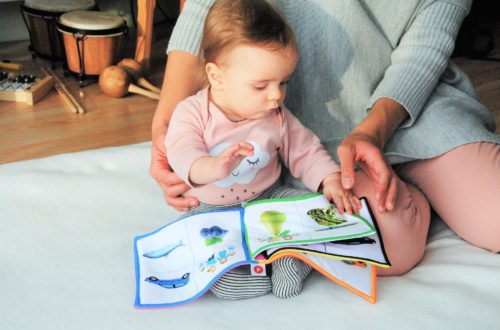
Occupational Therapy
Occupational therapy (OT) treatment focuses on helping people with a physical, sensory, or cognitive disability be as independent as possible in all areas of their lives. OT can help kids with various needs improve their cognitive, physical, sensory, and motor skills and enhance their self-esteem and sense of accomplishment.
Some people may think that occupational therapy is only for adults; kids, after all, do not have occupations. But a child’s main job is playing and learning, and occupational therapists can evaluate kids’ skills for playing, school performance, and daily activities and compare them with what is developmentally appropriate for that age group.
According to the American Occupational Therapy Association (AOTA), in addition to dealing with an someone’s physical well-being, OT practitioners address psychological, social, and environmental factors that can affect functioning in different ways. This approach makes OT a vital part of health care for some kids.
Kids Who Might Need Occupational Therapy
According to the AOTA, kids with these medical problems might benefit from OT :
-
- birth injuries or birth defects
- sensory processing disorders
- traumatic injuries (brain or spinal cord)
- learning problems
- autism/pervasive developmental disorders
- juvenile rheumatoid arthritis
- mental health or behavioral problems
- broken bones or other orthopedic injuries
- developmental delays
- post-surgical conditions
- burns
- spina bifida
- traumatic amputations
- cancer
- severe hand injuries
- multiple sclerosis, cerebral palsy, and other chronic illnesses
Occupational therapists might:
- help kids work on fine motor skills so they can grasp and release toys and develop good handwriting skills
- address hand–eye coordination to improve kids’ play and school skills (hitting a target, batting a ball, copying from a blackboard, etc.)
- help kids with severe developmental delays learn basic tasks (such as bathing, getting dressed, brushing their teeth, and feeding themselves)
- help kids with behavioral disorders maintain positive behaviors in all environments (e.g., instead of hitting others or acting out, using positive ways to deal with anger, such as writing about feelings or participating in a physical activity)
- teach kids with physical disabilities the coordination skills needed to feed themselves, use a computer, or increase the speed and legibility of their handwriting
- evaluate a child’s need for specialized equipment, such as wheelchairs, splints, bathing equipment, dressing devices, or communication aids
- work with kids who have sensory and attentional issues to improve focus and social skills
How Physical Therapy and OT Differ
- Although both physical and occupational therapy help improve kids’ quality of life, there are differences. Physical therapy (PT) deals with pain, strength, joint range of motion, endurance, and gross motor functioning, whereas OT deals more with fine motor skills, visual-perceptual skills, cognitive skills, and sensory-processing deficits.
Occupational Therapy Practitioners
- There are two professional levels of occupational practice — occupational therapist (OT) and occupational therapist assistant (OTA).
- Since 2007, an OT must complete a master’s degree program (previously, only a bachelor’s degree was required). An OTA is only required to complete an associate’s degree program and can carry out treatment plans developed by the occupational therapist but can’t complete evaluations.
- All occupational therapy practitioners must complete supervised fieldwork programs and pass a national certification examination. A license to practice is mandatory in most states, as are continuing education classes to maintain that licensure.